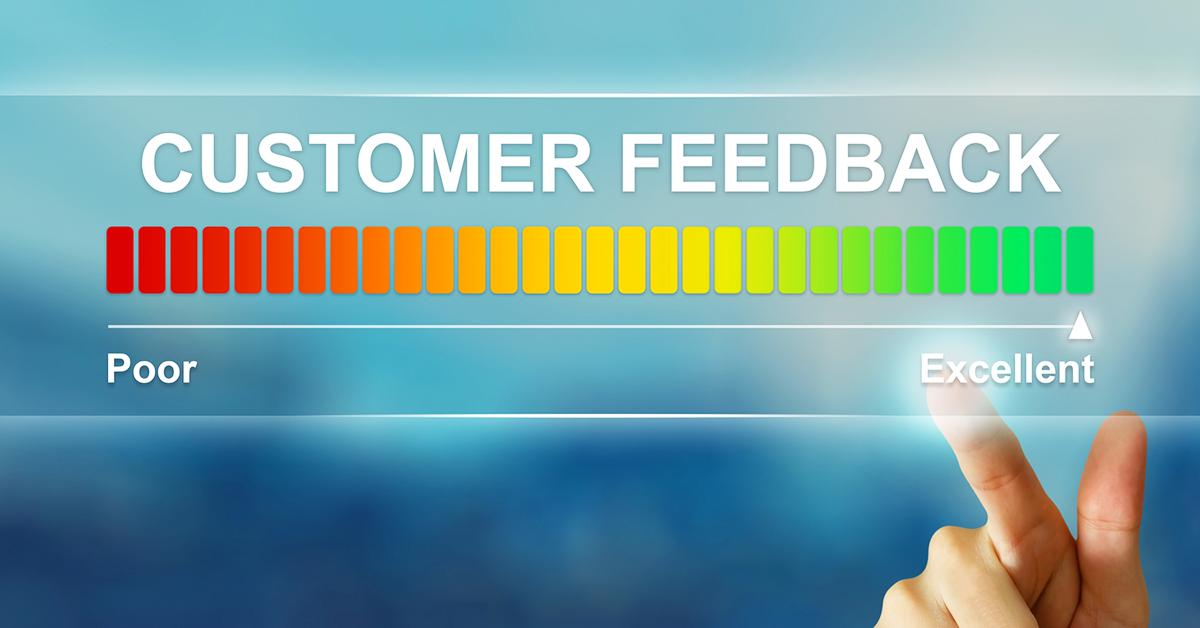CHICAGO — Knowing what is on their customers’ minds can be key to improving their present experiences and taking care of their needs in the future. Today, there are more ways than ever to gather this valuable information.
In Part 1 of this series, we examined the general benefits of gathering feedback, and in Part 2, we explored constructive ways to put feedback — both positive and negative — to work for your business. Today, we’ll continue by looking at ways cleaners have found success in getting feedback from their customers.
Methods of Communication
Feedback can come from many sources. It could be as simple as asking a customer their thoughts over the front counter as they pick up their cleaning. It could come from reviews, or could be part of a multi-channel marketing plan.
Elton Cerda, owner of DryClean NYC, says he’s seen the methods available for communicating and gathering customer feedback grow in the two decades he’s been in business.
“Many years ago, in either feedback or communication, we used to call the customer,” he says. “Now we primarily text — we do it instantly after they leave the store. We also do one or two follow-ups. We will send a text follow-up, and then we do an email follow-up after that.”
There are point-of-sale systems and other software platforms available that help cleaners send feedback requests and gather responses in an automated process, so it doesn’t fall by the wayside when things get hectic.
One of these platforms is ReviewMyDryCleaner, a reputation management platform that, among other things, allows cleaners to communicate with their customers. It integrates with services such as Facebook Messenger, Instagram, Google Maps Messages and others to bring feedback all into one platform.
“This platform can automatically send a review request out directly to the customer as soon as a pickup or delivery happens,” says Yash Patel, reputation manager at BeCreative360, the company that created the software, along with SPOT Business Systems. “The customer can leave either a review or give the business direct feedback. This feedback comes right into the platform, and not online, so that if there are any issues, the business owner can take care of it.”
Cerda believes systems such as this make generating and gathering feedback much easier than when he started in the industry.
“You have to find the tools or the point-of-sale system that does it for you,” he says. “As valuable as feedback is, hiring a person to do manual feedback collection is very difficult and costly. There are tools out there that can help you do this automatically. Obviously, if you need specific feedback about a specific item or a short campaign you’re doing, it might make sense to have a person doing it, but as an alternative to capturing ongoing feedback, a live person is very costly and maybe not very efficient. You have to get the right tools in place.”
Of course, having the tools and using the tools are two different things, says Jason Loeb, owner of Sudsies Dry Cleaners in Miami. His stated goal for his management team is to use 100% of the tools in Sudsies’ POS.
“Sure, it might not be possible to use it 100%, but I’ve challenged them to use all its features,” he says. “If they don’t know what that feature is, I want them to figure it out. And if they don’t want to use the feature, I make them tell me why they don’t want to use that feature. But the software has the capability of streamlining the questions you ask the customer. So, everything is information. We want to gather all that information to provide that level of service to get better reviews.”
Still, older methods still can be valuable avenues of communication.
“We do more with paper surveys attached to customer orders, with a focus on sending them to our top 20% of our customers,” says Matt Simon, owner of Pierce Cleaners in Columbus, Ohio. “They are the ones we focus on most, so we’ll listen to them more than someone who just brings in one shirt once a year. They generally have a better idea or understanding of our operations, and thereby can provide more thorough and educated feedback.”
Simon also believes in the personal touch.
“When it comes to getting customer feedback, nothing beats a phone call or a counter chat with the customers,” he says. “If I see one of our top customers come in, I’ll walk up and see how they’re doing and what they think. If you talk to enough people, you’ll know that others might feel the same way, and you can make operational decisions based on those thoughts.”
In addition to the top 20%, it’s important to make sure new customers — who might one day enter into that 20% level — have a great experience, says Michelle Windsor-Baughman, who co-owns Dutch Girl Cleaners in Walnut Creek, California, with husband Joe Baughman.
“Every first-time customer deserves to know you care how their experience went,” she says. “We call after their order has been picked up or delivered to inquire if we met these expectations. If they say the service was great, you reward the feedback with 20% off the second visit. If they say the service needs improvement, we ask them to give us another chance to meet or exceed your expectations with 20% off their second visit. More than 90% of customers who are dissatisfied with your service will never complain — they simply move on.”
Come back Tuesday for the conclusion, where we’ll explore ways to use feedback to grow and improve your business, as well as ways to expand your feedback-gathering efforts. For Part 1 of this series, click HERE. For Part 2, click HERE.
Have a question or comment? E-mail our editor Dave Davis at [email protected].



















